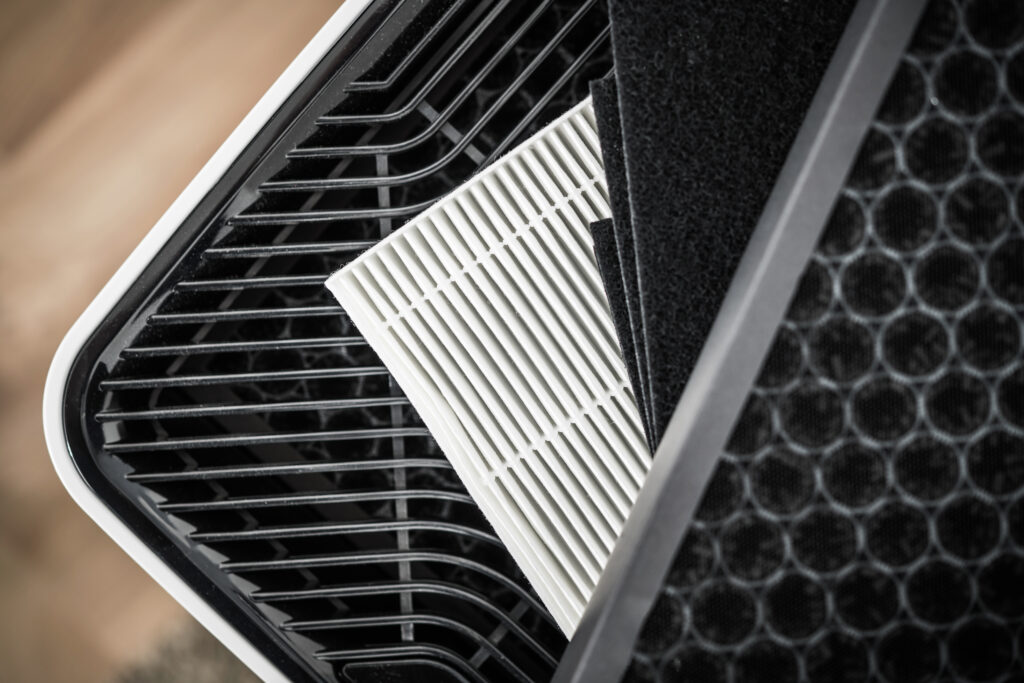Contents
Environmental Air Sponge
In odor removal and odor control to increase air quality, the Environmental Odor Absorber Air Sponge is a technical advancement. The Organic Odor Absorber Air Sponge is an environmentally friendly substance that absorbs nearly all odors and toxins in your house, workplace, vehicle, RV, or boat from the indoor air, as well as persistent effects on clothes, curtains, blankets, carpets, and upholstery.
Air sponges and air sprays that absorb instant odor are healthy and environmentally friendly for humans. For all poisonous deodorants, perfumes, and other odor-masking products, they are the ideal substitute. They are also very successful when used in some commercial atomization device.
How the Environmental Air Sponge Works
Typically, traditional air fresheners only disguise unwanted odors with perfume. This substance is not a deodorant; it only extracts offensive odors and microscopic contaminants and removes them.
A solid paste-gel consisting of polyether, emulsifiers, activated charcoal, hygroscopic and detoxifying agents is the Environmental Air Sponge. The components work together when the container is opened to dissipate a flood of molecules “lighter than air” into the atmosphere, reacting with and neutralizing odor and pollutant molecules. This produces an air quality that is purer, fresher, healthier.
Activated Carbon Foam/Activated Carbon Sponge
A combination of activated carbon powder and a sponge of polyurethane is the activated carbon foam.
Activated carbon is derived from organic material heavily concentrated, such as peat, tar, coconut husks, and wood, with natural carbon. By undergoing a progressive heating process in a low-oxygen environment, impurities and water are separated from the raw material. A series of physical and chemical processes will then move through the produced char, which will expand its active surface and grow a submicroscopic network of pores. Activated carbon filters various organic and inorganic compounds through a mechanism known as absorption.
As a means for air filtration, activated carbon foam is often thought to be an activated carbon sponge. Activated carbon foams are developed from coconut shells and carbon powder activated by polyurethane sponge or coal. The high-quality started carbon is then merged with the polyurethane sponge. The carbon content in an activated carbon foam is at least 50 percent or higher. Its high carbon content determines its purification and filtration efficiencies. Its multiple pore sizes have varying filtering efficiencies, making it ideal for various uses, requirements, and customers. In general, activated carbon foams are available in films with a maximum length of 2 meters and a full width of 1 meter, which can also be modified to any specification. For the elimination and screening of harmful organic compounds, odor, rain, formaldehyde, mud, etc., activated carbon foam is primarily used.
Application Of Activated Carbon Foam
- To remove and avoid particular odors in the environment, activated carbon filters have a high carbon content that allows high filtration efficiency. It is also ideal for treating hazardous organic compounds, odor, rain, dust, formaldehyde, and so on.
- It is also possible to incorporate the activated carbon filters into activated carbon filter panels or use them as a folded carbon filter to accommodate various applications.
- It is possible to grow the activated carbon spongeinto activated carbon filter panels.
- As a material for the folded carbon filter activated carbon foammay be used.
Activated Carbon Foam Filter Sponge:
Several pore sizes (10-60PPI) and colors are available for Activated Carbon Foam Filter Sponges. They are made from ordinary blasting-processed open-hole soft foam.
The foaming net between the original wall film left just the mainframe of the network after the soft bubble. The Sponge Activated Carbon Foam Filter has an impressive interface of up to 97%. It has strong softness, air permeability, and high mechanical strength. The benefits of using foam mesh as a filter medium are low flow resistance and high filtration rate.
It can flush out particles successfully with a particle size of 15UM. Several new usable products, such as ceramic wire, mesh metals, active reticular carbon, reticular photocatalyst, silver reticular ion, etc. can be used. Also, the activated carbon foam filter sponge of the flame-retardant filter can also produce a flame-retardant effect. The Activated Carbon Foam Filter Sponge is a multi-functional and inexpensive filter material that is easy to clean and reusable.
The Sponge Air Filter Material
The air filter is an essential but frequently forgotten part of the HVAC system in your home’s furnace, air conditioner, or heat pump. While they may look like nothing more than wide cardboard boxes full of fibers or pleated material, some main areas of indoor comfort and HVAC equipment efficiency are influenced by air filters. Here’s a short guide about air filter materials and why the heating and cooling systems in your home are so crucial to these seemingly minor elements.
- Electrostatic polypropylene air filter media: By combining airflow and a “static” triboelectric charge, synthetic air filter material virtually eliminates airborne particles, similar to how iron filings adhere to a magnet.
- Carbon Air Filter Media: Highly efficient through a process of adsorption to eliminate and avoid odor/fume build-up in recirculated air.
- Polyurethane Foam Air Filter Media: A resilient and versatile, reusable air filter content.
- Polyester Impingement Air Filter Media: Good strength and longevity of synthetic air filter material, a high number of pollutants may be contained inside the fiber.

